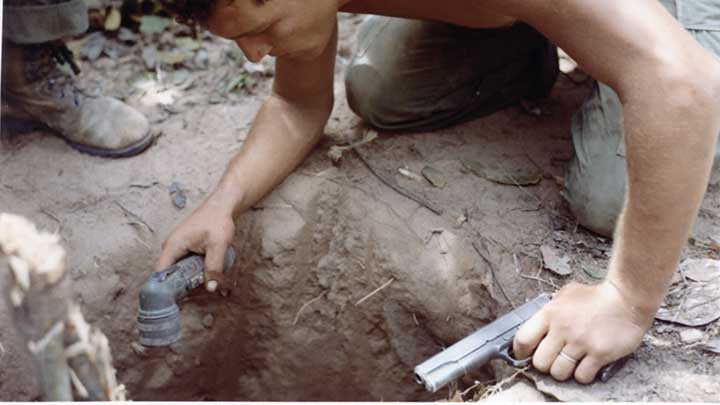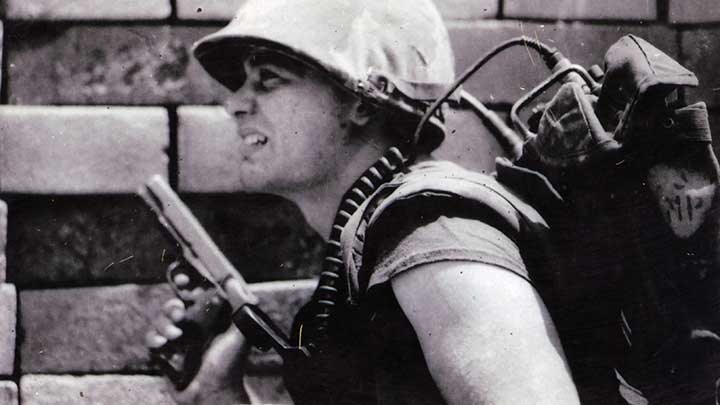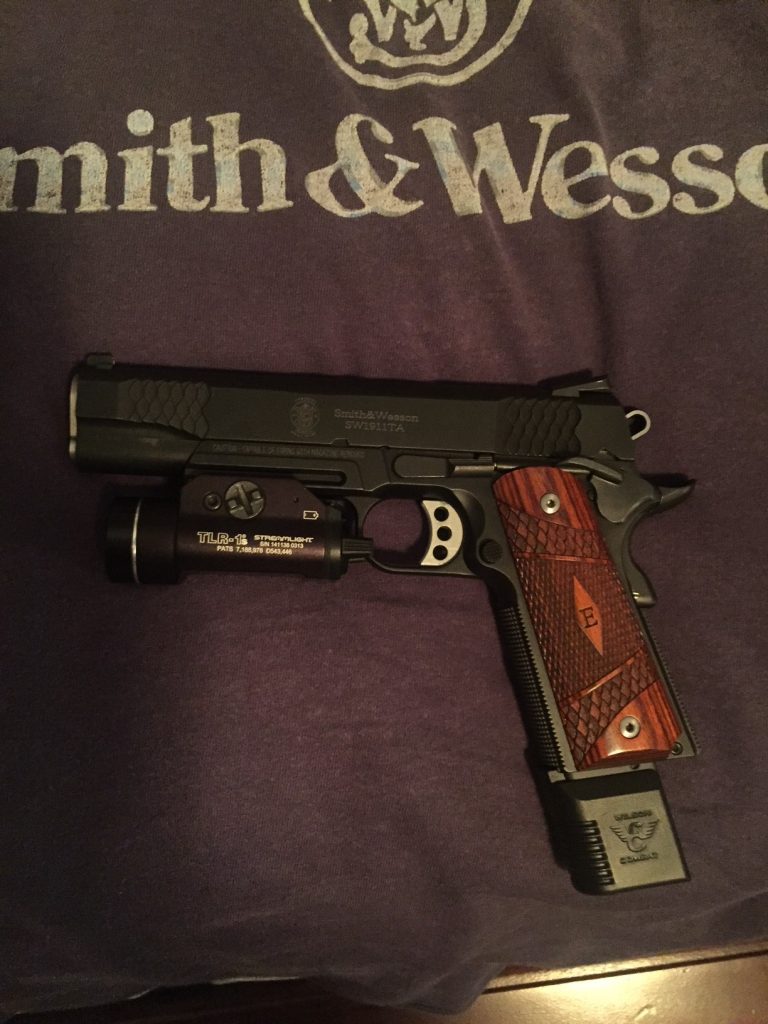Ammoland.
The Army Ordnance folks around the beginning of the 20th Century had seen the failures of round-nosed, full-metal jacketed bullets in the British .303 rifles, and our own .30 U.S. Government (aka “.30-40 Krag”) in stopping a determined armed assailant.
They reasoned that since their .38 Long Colt Model 1892 revolvers had shown similarly poor results, and the re-issuance of the .45 SAA (Single Action Arm) into combat had added to the eventual defeat of the Philippine Moros, our military review board sought to adopt another large bore handgun. The British too paralleled this thought process, and as early as the mid-1880s they had already started issuing some of the first .455 Webley revolvers as a result.
By the middle of the first decade of the 20th Century, Colt was developing, along with the genius designer of most of their handguns, John Browning, a .45 cal. semi-automatic pistol. While the original development utilized a 200gr bullet at approximately 900 feet per second in 1906, the Ordnance Department subsequently desired a cartridge that approximated the old .45 Colt revolver cartridge in power, while being shorter in length than the substitute standard .45 S&W Schofield round.
Thus, the 230gr RN FMJ bullet at 850 fps nominal speed was created, and it found a home in the concurrently developed Colt Model 1911 pistol, the longest serving pistol of any military force to the best of my knowledge, some 75 years of official issue.
In the civilian world however, it has remained as popular as ever. Due to the existence of new generation jacketed hollow point bullets, it still retains its terminal ballistic advantages of expansion and consistent penetration compared to smaller bore diameter offerings. A recent detailed study indeed illustrated that the Federal HST 230gr standard pressure rounds offer 16” of penetration and consistent 0.85” of controlled expansion with no bullet fragmentation in an unofficial “FBI heavy clothing test” into simulated ballistic gelatin.
One other thing that is not mentioned much is that its stopping power is achieved without superior “sectional density,” high pressure, or high velocity. It operates at a very low 21,000 copper units of pressure, it has no supersonic crack, and is, therefore, nearly ideal for use with a suppressor. The recoil, while “there,” is more a push than a quick snap, while controlled-pairs shooting aimed rapid-fire are pretty easy to do out to ten yards and can usually be within an inch of each other. I’ve done it, and I’m just not that great a shot.
Moreover, the . 45 ACP cartridge has long borne the brunt of technical development as a precision target shooting round as well as being a supremely controllable defense round. In both the original 230gr RN,FMJ format for “hardball matches,” as well as reduced weight 185gr and 200g target matches, it remains one of the most accurate service pistol rounds extant.
And of course, with the hotter loads you can get from Buffalo Bore and Double Tap, you can send a 230 grain ball at around 1050 FPS, or a 450 SMC at 1120 FPS, and be okay for defense against large predators.
I like the push instead of the snap. I love shooting the .45 ACP more than any other cartridge, pistol or rifle.
To me it’s not just a competition or self defense round. If somebody said, “Hey we’re headed to the range, grab a gun,” the first thing I’d reach for is a 1911.







